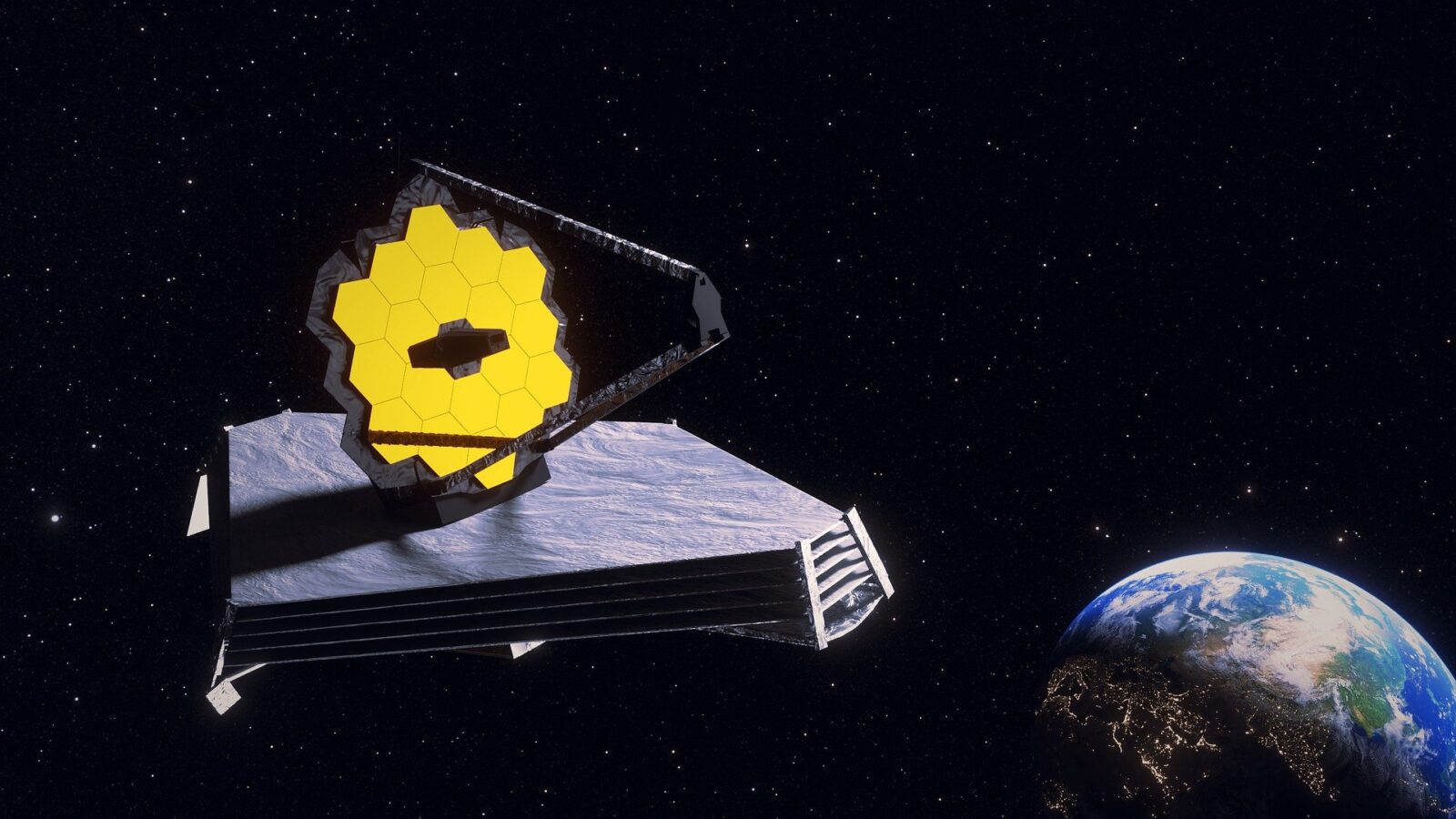The first ever direct picture of a planet beyond our solar system was taken by scientists using NASA’s James Webb Space Telescope, and it has been called a historic event in the field. The exoplanet HIP 65426 b was selected because of its relatively youthful age (15–20 million years) and relatively large mass (6–12 times that of Jupiter). The planet’s status as a gas giant like Jupiter rules out any chance of life thriving there.
It is clear from this picture, captured with four distinct filters, that Webb’s strong infrared vision can readily capture extrasolar planets. Direct imaging of exoplanets is difficult due to the disparity in luminosity between stars and their planetary counterparts. More than ten thousand times fainter in the near infrared and only a few thousand times duller in the mid infrared, HIP 65426 b is a lot harder to spot than its host star.
In 2017, scientists operating the SPHERE equipment on the Very Large Telescope at the European Southern Observatory identified HIP 65426 b for the first time. Webb’s photos have revealed new features that ground-based telescopes wouldn’t be able to see due to the inherent infrared shine of Earth’s atmosphere, which are only visible at Webb’s greater infrared wavelengths.

Coronagraphs, microscopic masks that block out starlight, are built into Webb’s Near-Infrared Camera (NIRCam) and Mid-Infrared Instrument (MIRI), allowing Webb to capture direct photographs of certain exoplanets like this one. Although this is not the first direct picture of an exoplanet obtained from space (the Hubble Space Telescope has recorded direct exoplanet photographs in the past), they are the first exoplanet images to use infrared light, which provides a far more accurate indicator of a planet’s mass and temperature and will enable researchers to identify the planet’s weather.
The James Webb Space Telescope (JWST) is the most powerful and largest space telescope ever launched, and it will help researchers learn more about the Big Bang, star formation, and even the emergence of life.












Leave a Reply